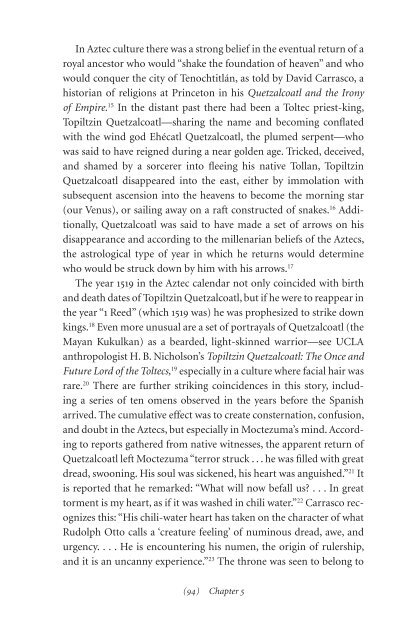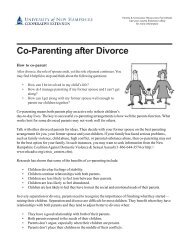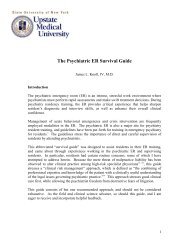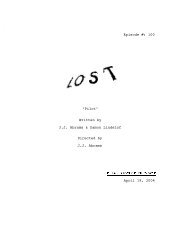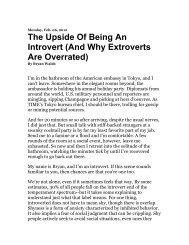Synchronicity Cambray
Synchronicity Cambray
Synchronicity Cambray
You also want an ePaper? Increase the reach of your titles
YUMPU automatically turns print PDFs into web optimized ePapers that Google loves.
In Aztec culture there was a strong belief in the eventual return of a<br />
royal ancestor who would “shake the foundation of heaven” and who<br />
would conquer the city of Tenochtitlán, as told by David Carrasco, a<br />
historian of religions at Princeton in his Quetzalcoatl and the Irony<br />
of Empire. 15 In the distant past there had been a Toltec priest-king,<br />
Topiltzin Quetzalcoatl—sharing the name and becoming conflated<br />
with the wind god Ehécatl Quetzalcoatl, the plumed serpent—who<br />
was said to have reigned during a near golden age. Tricked, deceived,<br />
and shamed by a sorcerer into fleeing his native Tollan, Topiltzin<br />
Quetzalcoatl disappeared into the east, either by immolation with<br />
subsequent ascension into the heavens to become the morning star<br />
(our Venus), or sailing away on a raft constructed of snakes. 16 Additionally,<br />
Quetzalcoatl was said to have made a set of arrows on his<br />
disappearance and according to the millenarian beliefs of the Aztecs,<br />
the astrological type of year in which he returns would determine<br />
who would be struck down by him with his arrows. 17<br />
The year 1519 in the Aztec calendar not only coincided with birth<br />
and death dates of Topiltzin Quetzalcoatl, but if he were to reappear in<br />
the year “1 Reed” (which 1519 was) he was prophesized to strike down<br />
kings. 18 Even more unusual are a set of portrayals of Quetzalcoatl (the<br />
Mayan Kukulkan) as a bearded, light-skinned warrior—see UCLA<br />
anthropologist H. B. Nicholson’s Topiltzin Quetzalcoatl: The Once and<br />
Future Lord of the Toltecs, 19 especially in a culture where facial hair was<br />
rare. 20 There are further striking coincidences in this story, including<br />
a series of ten omens observed in the years before the Spanish<br />
arrived. The cumulative effect was to create consternation, confusion,<br />
and doubt in the Aztecs, but especially in Moctezuma’s mind. According<br />
to reports gathered from native witnesses, the apparent return of<br />
Quetzalcoatl left Moctezuma “terror struck . . . he was filled with great<br />
dread, swooning. His soul was sickened, his heart was anguished.” 21 It<br />
is reported that he remarked: “What will now befall us? . . . In great<br />
torment is my heart, as if it was washed in chili water.” 22 Carrasco recognizes<br />
this: “His chili-water heart has taken on the character of what<br />
Rudolph Otto calls a ‘creature feeling’ of numinous dread, awe, and<br />
urgency. . . . He is encountering his numen, the origin of rulership,<br />
and it is an uncanny experience.” 23 The throne was seen to belong to<br />
( 94 ) Chapter 5


